
What Stitches Can a Serger Do?
A serger, also known as an overlock machine, is a valuable tool in garment construction and finishing. It is designed to create professional-quality stitches that prevent fabric edges from fraying while providing reinforcement and a clean finish. Depending on the model and brand, a serger can perform various types of stitches, adding versatility to any sewing project.
Differential Feed
One of the primary features of a serger is its differential feed system. This mechanism allows the machine to control the speed at which fabric is fed through the machine, preventing stretching or puckering of the fabric. By adjusting the differential feed, you can create gathers or ruffles, as well as handle different fabric weights effectively.
Overlock Stitch
stitch.jpg” alt=”Overlock Stitch”>
Example of an Overlock Stitch
The most common stitch created by a serger is the overlock stitch. It encloses the fabric edge, trimming off excess fabric while simultaneously stitching. This stitch is ideal for finishing seams, preventing fraying, and providing a professional touch to garments.
Flatlock Stitch

Example of a Flatlock Stitch
A serger can also perform a flatlock stitch, which is used for decorative purposes and creating strong seams on stretchy fabrics. This stitch joins two fabric panels together with a seam that lies flat on the fabric, giving a professional finish often seen on sportswear or activewear.
Rolled Hem

Example of a Rolled Hem
Another popular stitch produced by a serger is the rolled hem. This stitch is commonly used for lightweight and delicate fabrics, such as chiffon or silk. It creates a narrow, neatly rolled edge that is perfect for hemming and adding a decorative touch.
Chain Stitch

Example of a Chain Stitch
A serger can also create a chain stitch. Unlike the other stitches mentioned above, the chain stitch requires a separate looper thread. This stitch is useful for basting, decorative finishes, and temporary seams that could be easily undone when required.
Coverstitch

Example of a Coverstitch
Some advanced serger models even provide the ability to do a coverstitch, often used in creating professional-looking hems on garments, sportswear, and stretchy fabrics. The coverstitch creates two or three rows of straight stitching on the top side of the fabric, while forming a chain stitch underneath to allow flexibility.
In conclusion, a serger is a versatile sewing machine that can perform various stitches to achieve professional quality finishes on your garments and other sewing projects. Whether you need to prevent fraying, add decorative touches, or create durable seams, a serger is a valuable addition to your sewing toolkit.
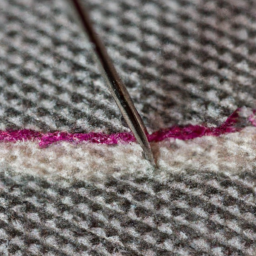
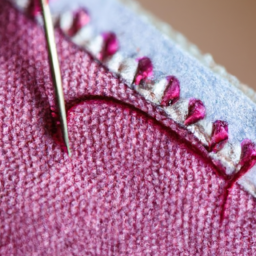
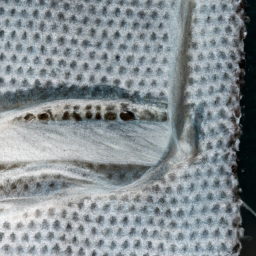
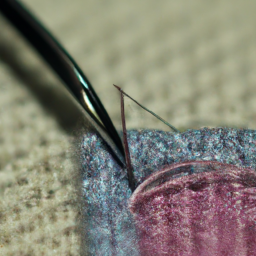
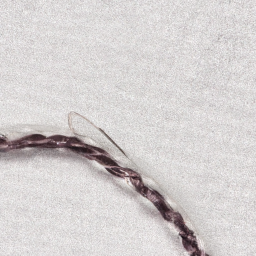
“A serger can do a lot of different stitches, all of which are faster and more secure compared to doing it by hand or with a sewing machine.” You’re right! A serger is a great tool for both professionals and hobbyists alike, allowing amazing results in just a fraction of the time.
Absolutely! It’s also a great tool for making ruffles, decorative edges, and even stretchy seams.
That’s so true! A serger can make all sorts of stitch variations, which makes it an invaluable tool for any sewer. It can do an overlock stitch, which is great for binding raw edges and reinforcing seams, as well as making stretchy hems and decorative stitch effects. It can also create hidden stitches, for example creating a flat seam without bulk. Ultimately, it can save a lot of time and hassle!